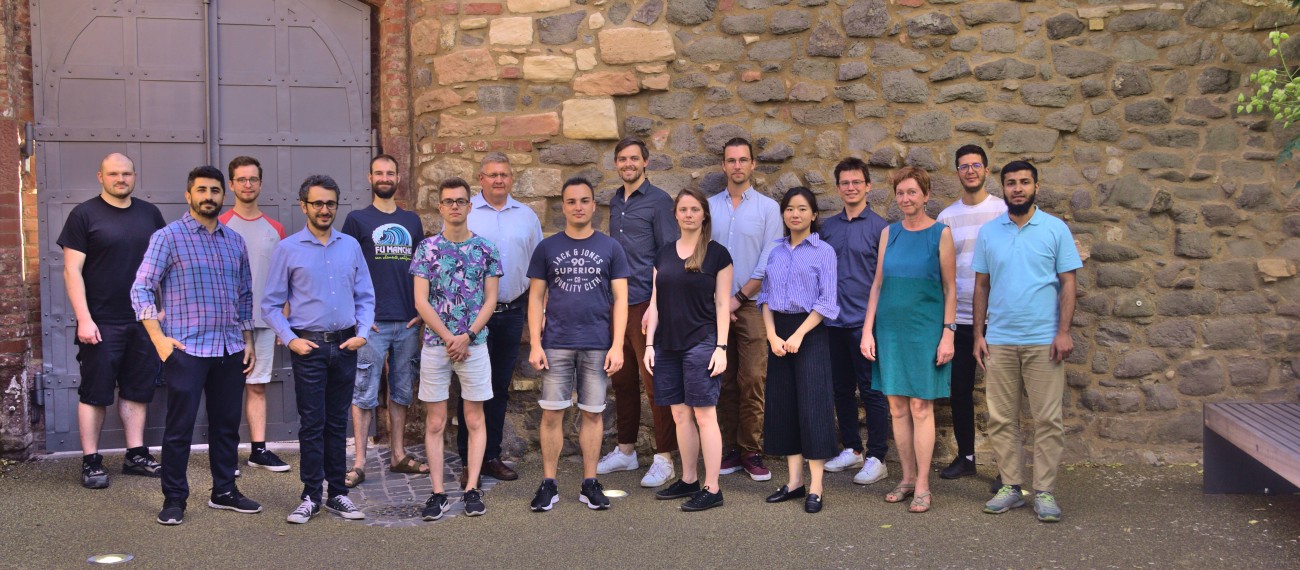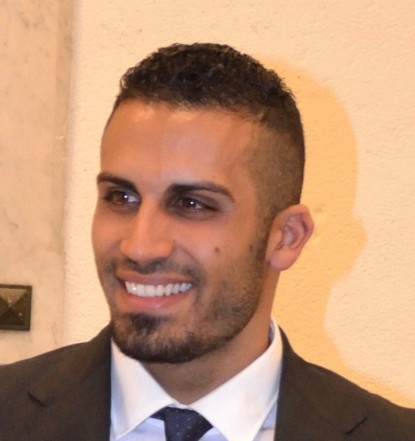Dr.-Ing. Antonio Magnanimo
Contact
Research Topic
Nuclear fusion is the process that powers the stars and the Sun, making life on the Earth possible. It is called ‘fusion’ because the energy is produced by combining light nuclei, such as hydrogen isotopes, at extremely high temperatures. In this process part of the mass of the reactants is converted into kinetic energy of the reaction products, which in turn can be used to produce electrical energy in a standard steam turbine cycle.
Present and future Nuclear Fusion devices have high electric stored energy needs and for this reason Supercapacitors could help this technology to get closer to its realization.
ASDEX Upgrade is Germany’s biggest scientific Nuclear Fusion device of kind “To-kamak”. It is operated at the Max-Planck-Institute for Plasma Physics (IPP) in Garching. There, up to three Flywheel Generators are charged up before the start of a fusion experiment (called “plasma shot”) with up to 15 Megawatts drive power in total for several minutes to use the stored energy of several Gigajoule to satisfy the much higher power needs during the plasma shot of up to 450 Megawatts. The oldest and biggest Flywheel Generator (EZ2, shown in Fig.1) is in operation since 1973 and in case of a major fault or accident there would not be a company able to produce such a big Flywheel Generator anymore. For this reason the idea of an alternative power supply is born.
The situation is different for the needs of a future power plant like DEMO. Here, the duration of a plasma shot is much longer (2 hours for the present EU DEMO pro-posal) and the main origin of high stored energy needs is the application of thyristor based converters in combination with highly inductive loads (magnets).
For this reason it would be advantageous to replace thyristor based converters by DC link based topologies providing high energy content local storage (the DC link). In this case, the reactive power would be invisible from the grid side which has to pro-vide the much smaller real power, only. Stored energy would oscillate locally between converter and load. To reduce the space requirements of such DC links, it would be advantageous to make use of the upcoming Supercapacitors technology with much higher energy density than classical foil capacitors.
Project Goals
• Validation of the MMC topology to be adequate for the DEMO needs.
• Development of a single switching module based on Supercapacitors, ready for unlimited parallel operation.
• Realization of an MMC arm with an output voltage of 3 kV (compatible with ASDEX Upgrade TF coils voltage).
• Realization of charging circuit, output current and charging control.
• Duplication of the arm and demonstration of parallel operation.
• Operation of at least two arms in serial connection to demonstrate real MMC bipo-lar operation with AC output, which has a high DEMO relevance.
• Electrical and mechanical concept for unlimited size array.
• Concept for integration into IPP environment to support (and future replace) the EZ2 flywheel generator.






